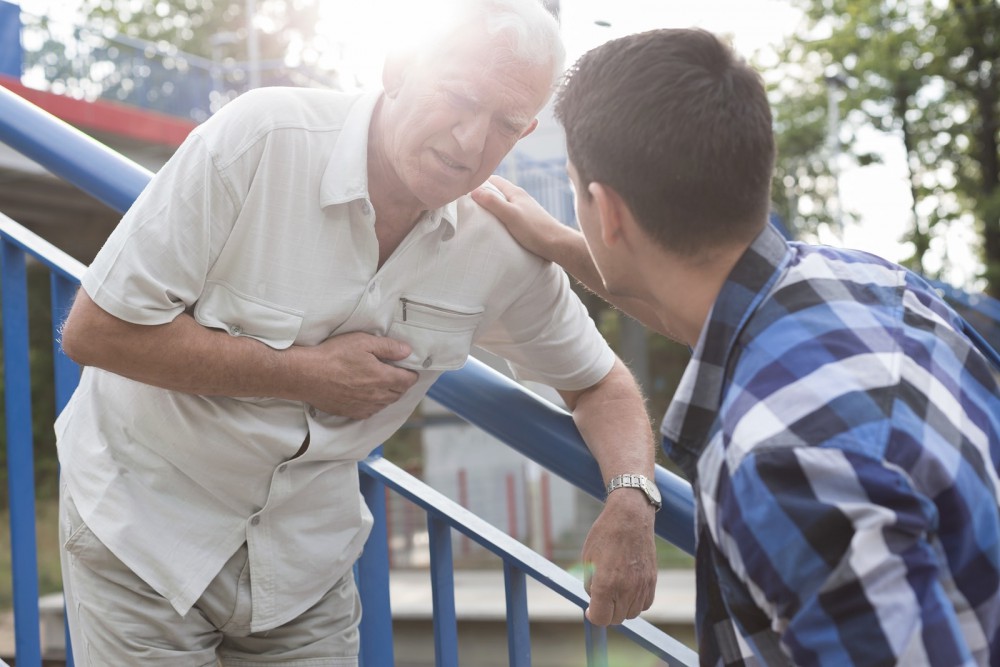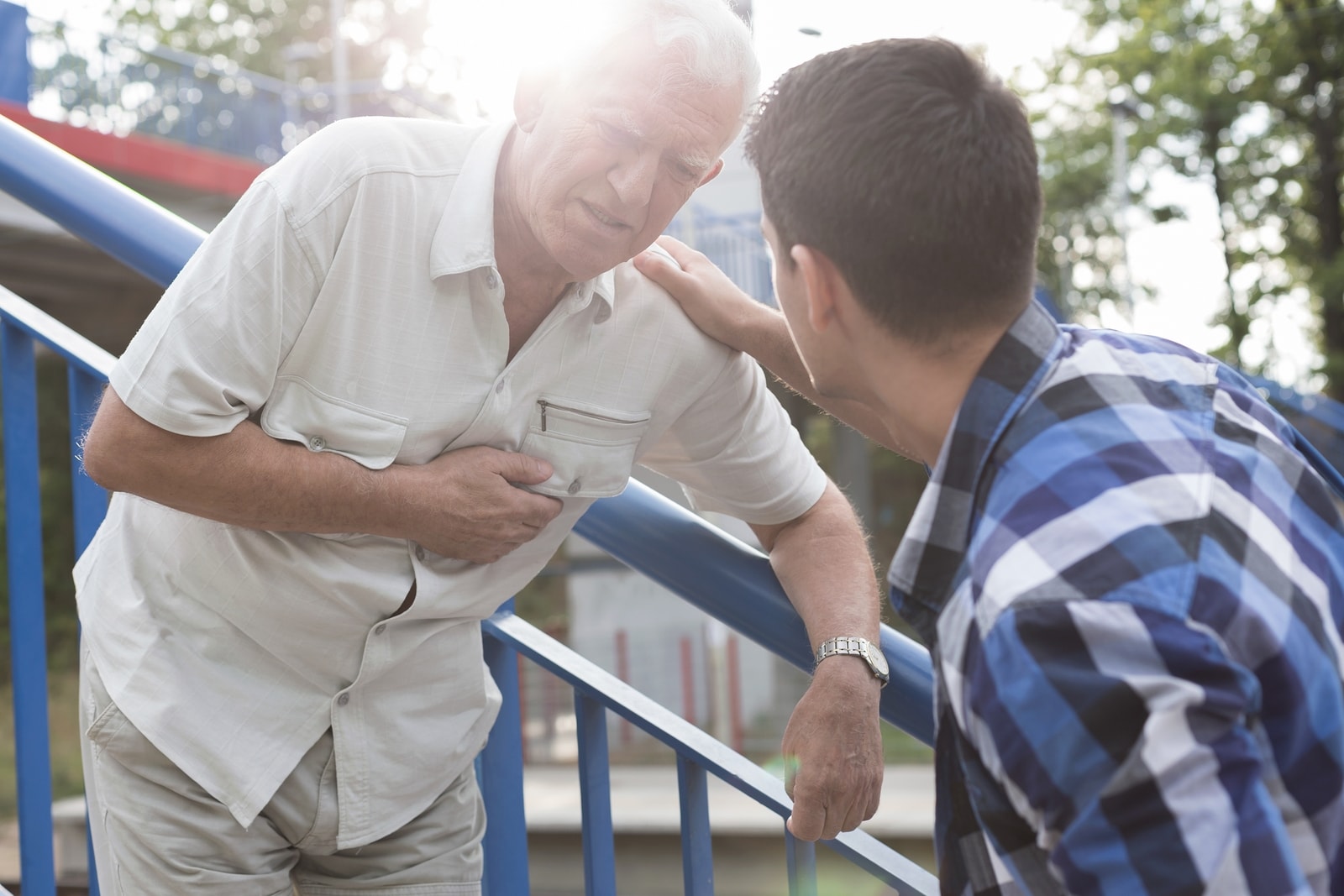
Living in the penthouse offers prestige and a great view, but also a key negative – poor chances of surviving cardiac arrest.
A January 2016 study published in the Canadian Medical Association Journal (CMAJ) found that the chances of surviving cardiac arrest are higher for those who live on a building’s first three floors, and continually decline the higher up in the building.
The study of nearly 8,000 911-initiated first responder calls between 2007 and 2012 in the Toronto area showed that 4.2% of the nearly 6,000 people living on the first three floors survived, compared to 2.6% of those above the third floor, according to U.S. News and World Report. Just 0.9% of those living above the 16th floor survived, and no one above the 25th floor survived.
The decrease in survival rates is attributed to the additional time it takes to reach patients.
“The 911 response time, from emergency activation to arrival of first responders on scene, will remain relatively constant, so long as traffic patterns do not change; however, the time from arrival on scene to initial patient contact may increase as more of the population comes to live at or above the third floor,” the study’s authors wrote.
Solutions for improving the time needed to make patient contact include giving first responders exclusive elevator access, better placement of automated external defibrillators (AED) for increased bystander use and emergency alerts to building staff before the responders arrive, ScienceDaily said.
You Might Also Enjoy: Energy Drinks Could Negatively Impact the Heart
A related commentary called for CPR/AED training for high-rise residents, a national registry of public-access defibrillators and smart phone usage to activate volunteer first responders.
Cardiac arrest and heart attacks are not the same thing. Cardiac arrest occurs when the heart malfunctions and unexpectedly stops, while a heart attack occurs when blood flow to the heart stops, according to the American Heart Association.
If CPR is performed and a defibrillator is used to shock the heart into a normal rhythm, cardiac arrest can be reversed, according to National Post. Yet time is of the essence — survival chances decline by roughly 10% for every minute’s delay in CPR and defibrillation.
In the CMAJ study, paramedics reached those on the first three floors in three minutes, compared to an average of 4.9 minutes for those on the fourth floor and above.
Elevator access can also be a problem. While firefighters have universal elevator keys – which give them sole access – paramedics rarely do.
“Availability of a universal key seems like a simple intervention, but it has remained unaddressed for decades,” the research team wrote.
Lead author Ian Drennan noted that in some cases, stretchers don’t fit in the elevators, forcing paramedics to use the stairs.
Dr. Robert Silverman of Long Island Jewish Medical Center told Reuters Health that medics have to go through one or more outer doors, potentially deal with an intercom system, make it through the lobby, find the elevators and reach the correct apartment. All of those add to response time.









